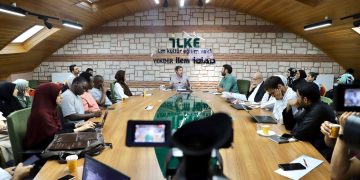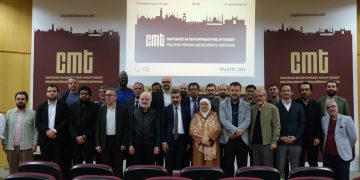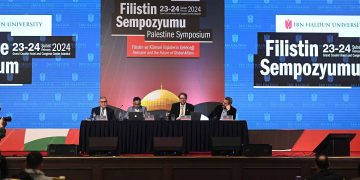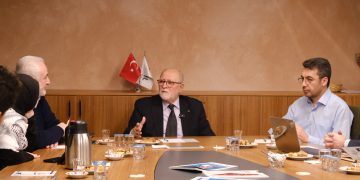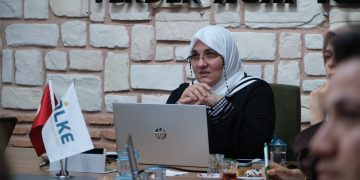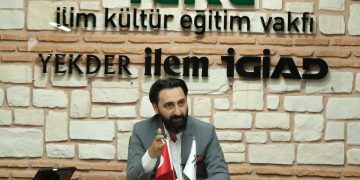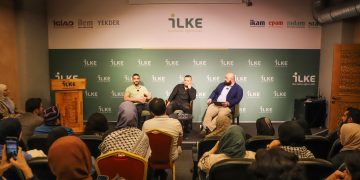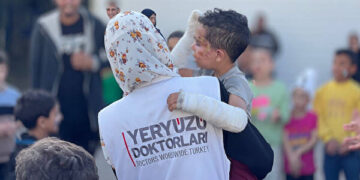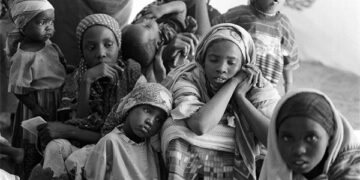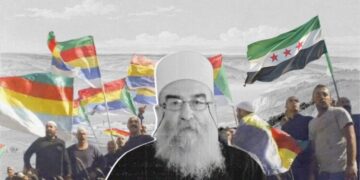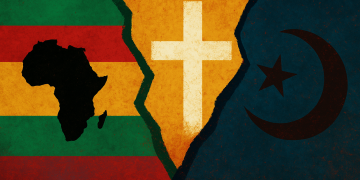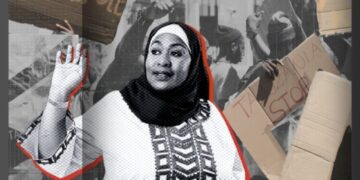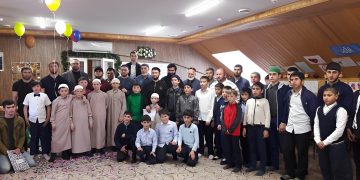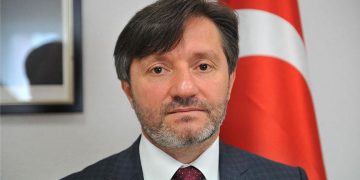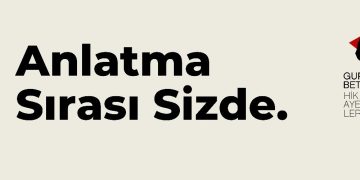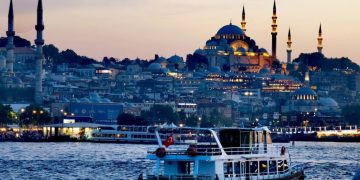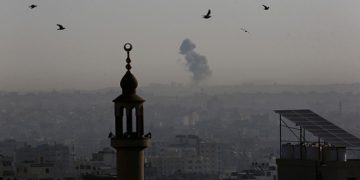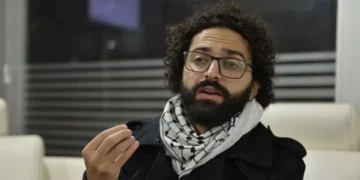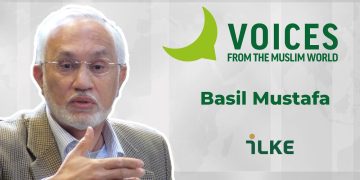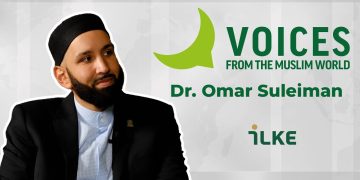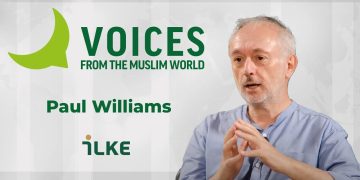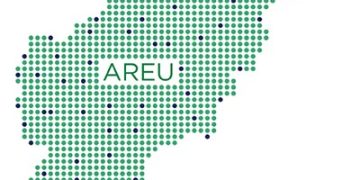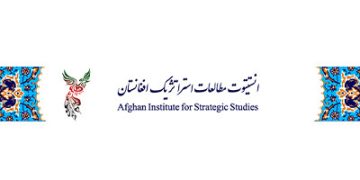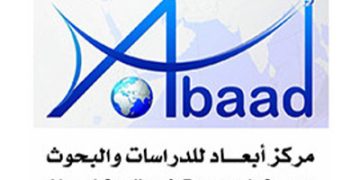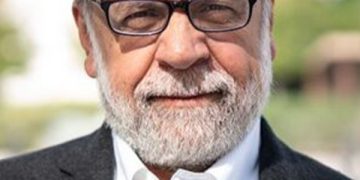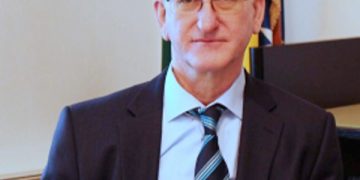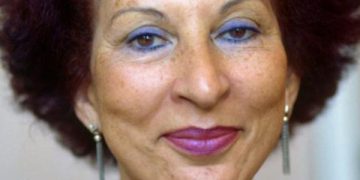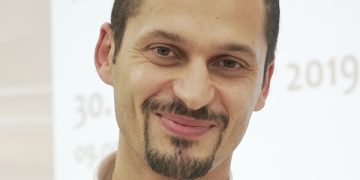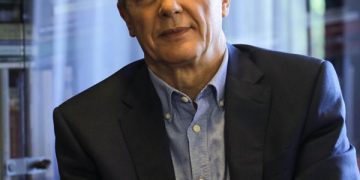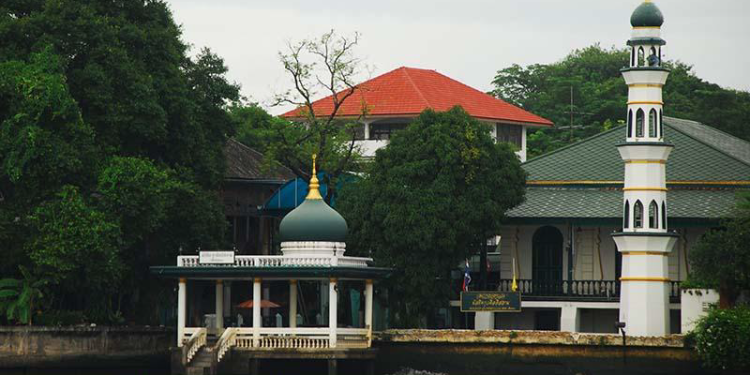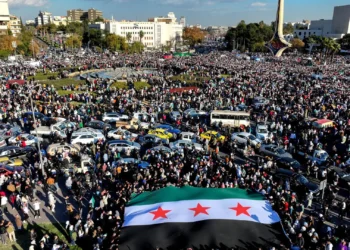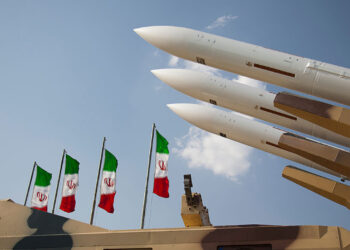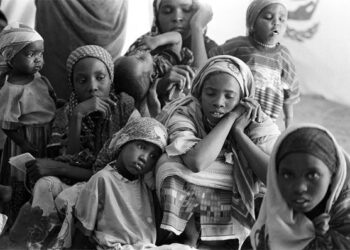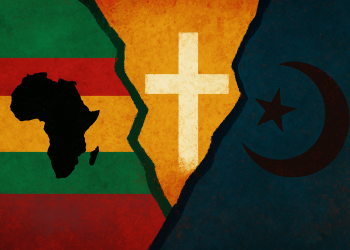From the 13th century onwards, Islam has influenced Southeast Asia for seven hundred years through many Arab, Malay, Indian, Persian, Iranian, Indonesian and Chinese Muslims. The official religion of Thailand is Theravada Buddhism, a branch of Buddhism. According to a survey conducted by the National Statistical Office of Thailand in 2018, 93.5% of the population in Thailand is Buddhist. The proportion of Muslims is 5.4%, Christians 1.1% and Hindus, Sikhs, other religions and non-religious people less than 0.1% (Avcı, 2011). Islam, which is the second religion in Thailand, has spread in the region with the trade of Muslims. According to the latest official records, there are 5,680,000 Muslims and 3898 mosques in Thailand (The Central Islamic Council of Thailand, 2017). These mosques are classified as southern, central, northern or north-eastern in Thailand. The historical background and artistic and cultural characteristics of Muslims in all four regions of Thailand are different. This study will discuss the architectural understanding of the mosques of Muslims living in central Thailand.
It is necessary to mention how Islam reached Southeast Asia and Thailand briefly. According to sources, Muslims came to Southeast Asia in the seventh century after the Hijrah. Trade relations, intermarriage and the effectiveness of preaching (tabligh) activities played an important role in the rapid spread of Islam in this region (Waehama, 1967, p. 106). In Thailand, bordered by China, India and Malaysia, Islam spread rapidly under the influence of Indian, Arab and Turkish traders (Gilquin, 2005). Muslims living in Thailand consist of Arab-Iranian, Malay, Indo-Pakistani-Bangladeshi, Javanese, Cham (Cambodian) and Chinese origin (Jitmout, 1988).
After the southern region, the central region of Thailand has the largest Muslim population in the country and is home to Muslims of Arab, Iranian, Malay and Cham origin. While those of Arab origin date back to the Ayutthaya period and live in Phra Nakhon Si Ayutthaya province and the central of Bangkok, those of Malay origin were brought here as captives during the early Ratanakosin period. Muslims of Malay origin settled along the main canals in Bangkok and the cities surrounding Bangkok. Muslims of Cham origin were Indian traders who were made dependent on states such as Britain, the Netherlands and France. In the 19th century, they came to Siam and have continued living in the commercial centres of Bangkok.
Today, the central region of Thailand consists of Muslim communities living in the provinces of Phra Nakhon Si Ayutthaya, Nonthaburi, Pathum Thani, the eastern part of the central region and Phetchaburi. There are 515 mosques in 26 provinces in the central region of Thailand. There is a mosque in every city. Bangkok, the capital, political and economic centre of the country, has the highest number of mosques in the region, with 183 mosques (The Central Islamic Council of Thailand, 2017). The mosques in Bangkok have unique architectural structures and ornaments because of the influence of local factors brought by the city. Tonson Masjid, the oldest mosque in Bangkok, is located in today’s Thonburi district, formerly the outpost and international trade centre of the Ayutthaya Kingdom. Located on the edge of the canal of Bangkok Yai, Gudi Bangkok Yai, also known as Gudi Yai for short, was later known as Tonson Masjid, meaning Cypress Mosque, since cypress trees were planted on the sides of the mosque (Chuenpakdee, 2001, p. 168). The first structure of Tonson Masjid resembled a simple wooden structure in the Thai tradition, and the structures called guti where Buddhist monks stayed. Since 2009, the final appearance of Tonson Masjid has been preserved, and only various interventions and added decorations have given it a new look. This new look has been inspired by other Islamic countries’ aesthetics, especially Egypt.[1] The ladies’ quarters of the mosque are quite simple, but there is a beautiful engraved wooden plaque on the qibla wall, and the ceiling is decorated with geometric patterns.
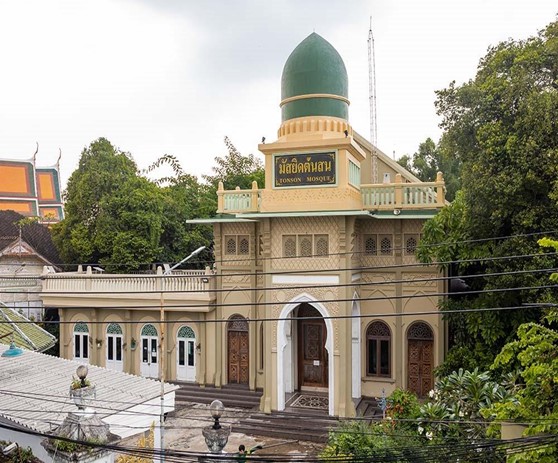
Tonson Masjid, in its current state
Kudi Charoenphat, the second most important mosque in the region, was built between 1785 and 1786 by Shaykh al-Islam Aka Yi. The interior of the mosque, built by Thai Shiites in Bangkok, is quite ornate. While Iranian and Turkish tiles are dominant, the mosque also has rumi motifs, hatayi and other stylised flower motifs. There are various writings between these motifs. The beautiful names of Allah, such as “al-Qabidh, al-Basit, al-Waliyy”, are seen on the body of four square columns surrounding the central court.
The Bang Uthit Mosque was repaired in 2014 with the financial support of the Turkish Cooperation and Coordination Agency (TİKA) (Petwattana, 2017, pp. 15-20), during which the interior of the mosque was restored entirely according to the Turkish style. Prior to the repair, the oval pediment of the portal had a colourful, embossed coat of arms of the Ottoman Empire motif, and it did not include only the tughra (insignia), epitaph and Nişan-ı İftihar (Order of Glory). On both sides of the coat of arms are epitaphs in dark blue rectangular form, with the 18th verse of Surah al-Jinn. The epitaph on the left side reads, “The places of worship are only for Allah”, and the epitaph on the right reads, “So, do not invoke anyone besides Allah”. After the restoration by the Turkish Cooperation and Coordination Agency (TİKA), some of the basic structural elements of the building were replaced with gilded ornaments in the classical Ottoman style. The synthesis of the Muslim migrants in the region with the Thai society is intended to be demonstrated through these three mosques.

Kudi Charoenphat

Roof and minaret of Bang Uthit Masjid
Located in central Thailand, the Guwatil Islam Mosque is built on the banks of the Choa Phraya River. The mosque is a masonry with a rectangular plan close to the square and a hip roof. The colour scheme of the building is green and white. In the east of the mosque is a portal, a fountain in the northeast and a minaret in the north. Additionally, a rowboat pier is visible on the northeast side of the structure, along the riverbank.
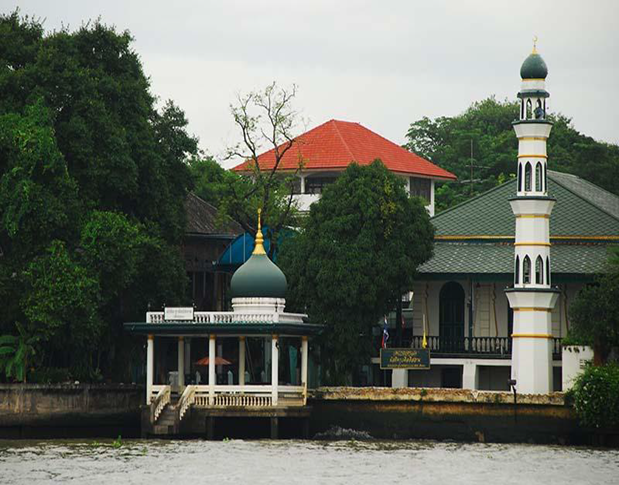
The general appearance of the Guwatil Islam Masjid
Krue Se Mosque, located in the southern region of Thailand and considered the first mosque built with Middle Eastern architecture in Patani, was reopened for worship in 2005 after undergoing some damage. Because of the effects of these damages and especially the destruction that followed wars, it becomes difficult to provide a clear description of the mosque’s original appearance. The interior of the mosque, with a wooden ceiling, is adorned with motifs such as star polygons and flowers, while ventilation openings are embellished with geometric patterns. Near the mosque, which was not built as a complex, is the Barahom Tomb. This tomb belongs to King Inthira, the first king of the Patani Kingdom to accept Islam, and the Patani sultan and his wife, who was called Sultan Ismail (1500-1530) after he reverted to Islam.
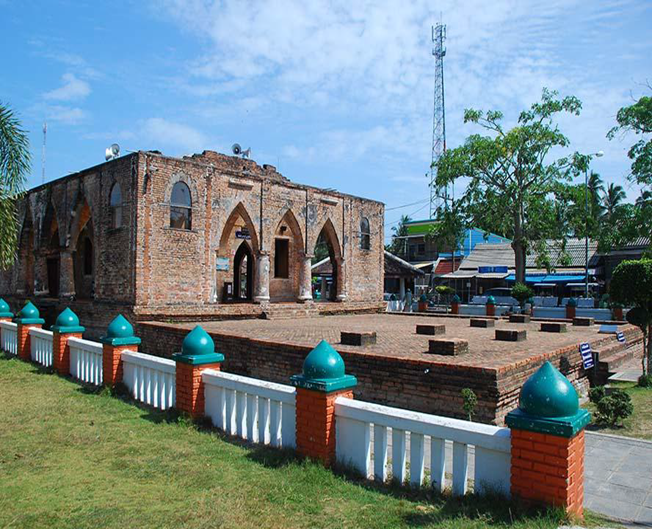
General view of Krue Se Masjid
The Mosque of the Foundation of Islamic Center of Thailand (FICT), located in Bangkok, was built as a centre for religious activities, as an association for the education of young Muslims and also as a foundation for those in need. The interior of the mosque has a hexagonal plan and bears the influence of the modern architectural tradition. There are few ornaments in the building, and the echoes of Islamic architecture can only be seen in the pointed arch and the application of Arabic calligraphy.
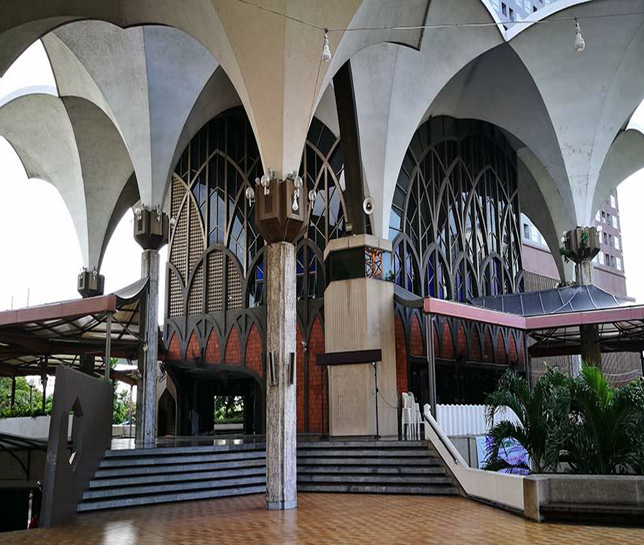
Exterior view of the Mosque of the Foundation of Islamic Centre of Thailand
One of the important mosques in the southern region is the Nakhon Si Thammarat Central Mosque. The mosque was built to be the central mosque of Nakhon Si Thammarat and the office of the Nakhon Si Thammarat Islamic Council. The building’s upper covering is a flat roof with a polygonal central section containing five domes. The main dome is the largest in scale, and its tip protrudes from the dome’s surface, creating pointed ends that form star points. These star tips merge at the end by forming pointed corners and have crescent and star motifs at the junction points.
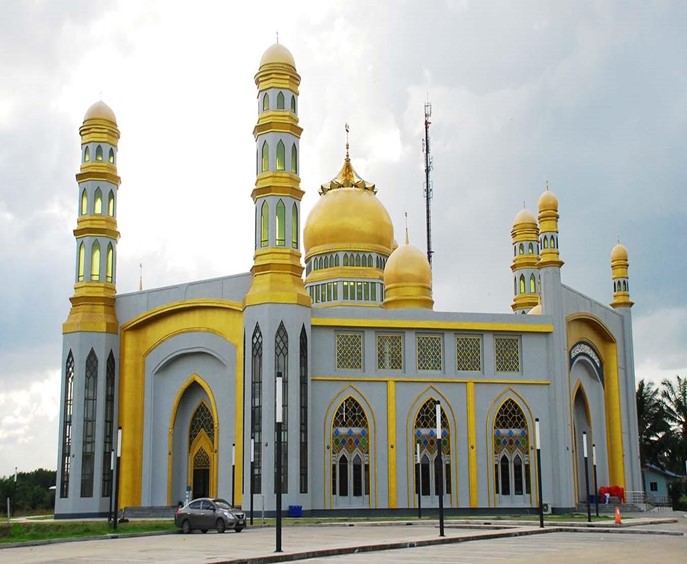
General view of Glang Nakhon Si Thammara Masjid
Hidayatul Islam Mosque, the first mosque of Chinese Muslims, is located in the northern region of Thailand. This mosque, called the Mosque of the House of Islam Ho, was rebuilt in 1966 due to the increased jama’ah (congregation). Hidayatul Islam Mosque is a two-storey reinforced concrete building with a white-painted, rectangular plan and a pitched roof. There is a wheelchair ramp south of the building and an entrance with three round arches and columns on the east side. Above the entrance is a wooden plaque with the epitaph “qīng zhēn sì” (清真寺), meaning a pure and proper place in Chinese. Access to the mosque is through through a three-step marble staircase. The name of the mosque is written in Arabic, Thai and Chinese on a wooden plate on the door.
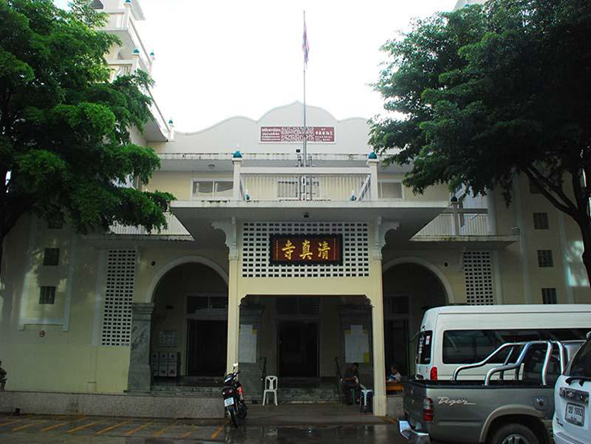
The eastern front of Hidayatul Islam Mosque
Jannatul Firdaus Masjid, the first known mosque in northeast Thailand (Munlanithi Pue Kan Sueksa Lae Pattana Muslim Esan, 2016, p. 38), is today a square, flat-roofed and two-storey building. The lower parts of the building’s exterior walls are covered with green tiles. Although Muslims have come to the northeastern region of Thailand in recent years, local people have been in contact with Muslim communities for a long time because many Thais there worked in Saudi Arabia many years ago.
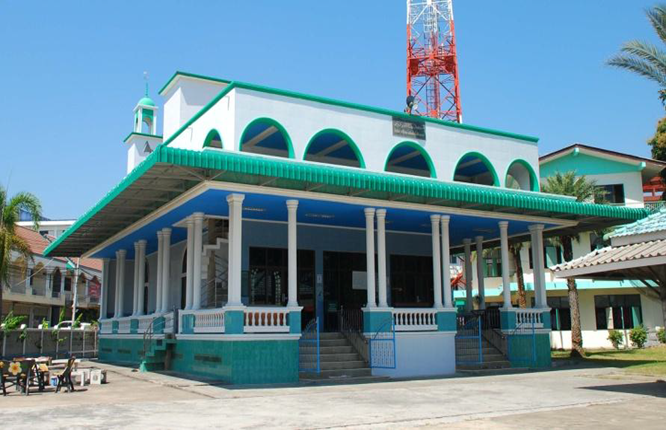
General view of Jannatul Firdaus Masjid
In conclusion, these buildings show that Muslims have adapted to the lifestyle of Thai society without losing their own beliefs and culture. Muslims living in Thailand have been embraced by Thai society thanks to the buildings they have built and have been accepted as members of the society.
References
Avcı, M. (2011). Tayland. In Türkiye Diyanet Vakfı İslam Ansiklopedisi (pp. 189-191). İstanbul: Türkiye Diyanet Foundation.
Central Islamic Council of Thailand (2017). Thamniab Masjid Tua Ratcha Anajak (List of Mosques in Thailand).
Chuenpakdee, S. (2001). Muslim masyid tonson kab banpachon sam yuk samai (Muslims of Tonson Mosque and Their Three-Generation Ancestors), Bangkok: Jirarat Kanpim.
Gilquin, M. (2005). The Muslim of Thailand. Chiang Mai: Silkwormbook.
Jitmout, S. (1988). Klum chati phan: Choa Thai Muslim, (Ethnic Groups of The Muslims of Thailand), Bangkok: Kong Tun Saga Rujira Amphorn.
Petwattana, S. (2017). Roi Pee Masyid Bang-Uthid (A Century of Majid Bang-Uthid).
Waehama, M. R. (1967). İslâmiyetin Güneydoğu Asya’ya yayılışı: Tayland’da İslâmiyet. (Unpublished Master’s Thesis). Sakarya University, Social Sciences Institute, Islamic History and Art Program, Sakarya.
Munlanithi Pue Kan Sueksa Lae Pattana Muslim Esan (2016). Wan Dae Muslim Esan’59 (North-eastern Muslims Day’59), Satun: Fist.
[1] This mihrab, the minbar and the wrought-iron modelled on the Kiswah patterns were designed by Wirat Phumalee, a member of Tonson Masjid and a graduate of Mecca. He also restored the plaque depicting the holy place. See also: Sorayut Chuenpakdee, Ed., Muslim Masyid Tonson Kab Banpachon Sam Yuk Samai (Muslims of Tonson Mosque and Their Three-Generation Ancestors), Bangkok, Jirarat Kanpim, 2001, pp. 151-152.

